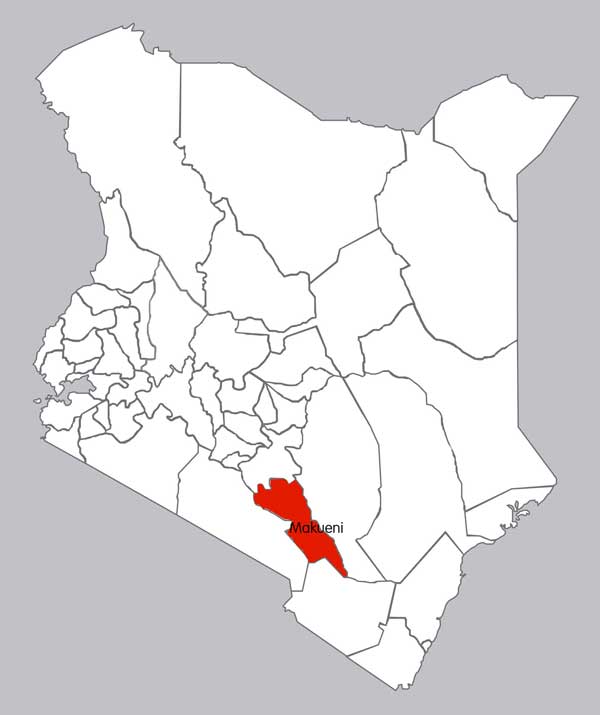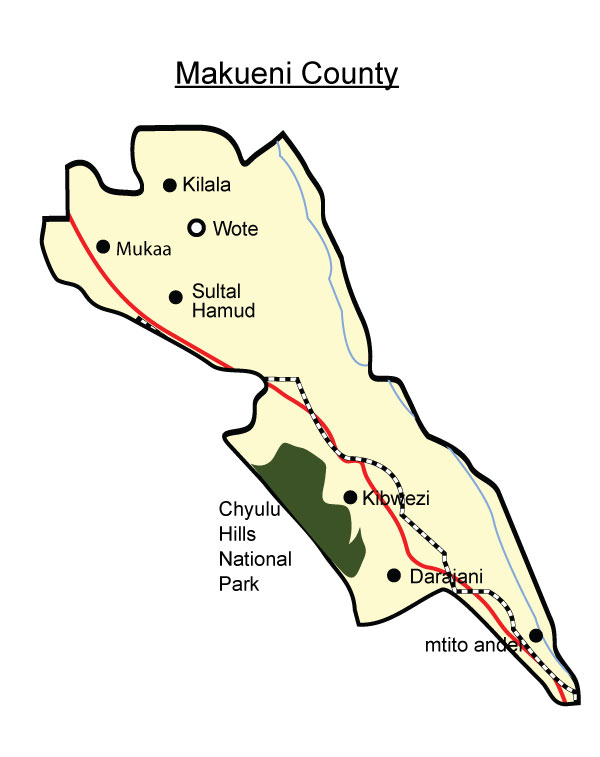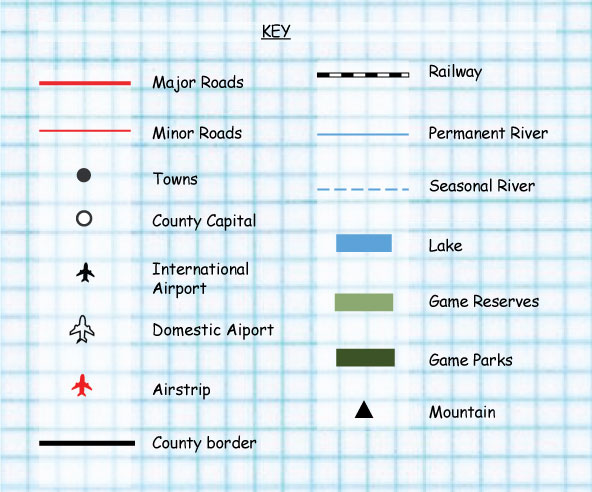Formerly known as Makueni, it is in the former eastern province of kenya. The capital town is Wote. It geographically borders Kajiado County to the West, Taita Taveta County to the South, Kitui County to the East and Machakos County to the North.

It consist of 6 constituencies
Rivers
Hills
Plains
Valleys


The Akamba tribes were mainly farmers, Bee keepers, as well as livestock. Their typical food is "Muthokoi" (meaning grounded maize and beans cooked), sweet potatoes and "Kikwa"(meaning yam) among other foods.
Men wore leather short kilts made from animal skins or tree bark. They wore copious jewellery, mostly made of copper and brass. It consisted of neck-chains, bracelets, and anklets.
Songs and dances were performed by women and comprised of two kilumi drums played with the ululations and singing of a lead singer backed by two other women vocalists. Basically, the drummers compose and sing too. Formerly for old women, kilumi is now danced to even by men, and kilumi is one of the few songs and dances that traditionalists still perform in Ukambani. One session of the kilumi dance could last about half an hour, and the entire performance went to almost 8 hours.
They traded in medicinal products known as 'Miti', made from different parts of the numerous medicinal plants. Maingi Ndonye Mbithi, commonly referred by his peers and locals as Kanyi, from Kimutwa village in Machakos was best known for his concoction of herbs mixed with locally fermented brew (kaluvu) with the ability to heal cancerous boils (Mi'imu)
Naming of children is an important aspect among the Akamba. In most cases, the first four children, two boys and two girls, are named after the grandparents on both sides of the family. The first boy is named after the paternal grandfather and the second after the maternal grandfather. Because of the respect that the Kamba people observe between the varied relationships, there are people with whom they cannot speak in "first name" terms.
Initiation into adulthood was marked with circumcision, for both male and females.
Kisanga was a thanks giving dance for everyone , both young and old. It is performed only when the village has had a good harvest. A white goat is slaughtered during this performance, its blood poured under the Kitutu Tree, and its meat left near the tree for their god Mulungu.
The Kamba had a musical bow to which is attached a gourd resonator. The playing technique was unusual: whilst beating the string with a stick to produce a single note, the performer sings into the hollow gourd. The instrument was played by medicine men while treating patients, and the Kamba name for the instrument - uta wa mundu mue - literally means 'the bow of the medicine man.'
Traditional industries;